As a parent, there are many things to think about when outfitting your hockey player. With all that we know about concussions, the most important piece of equipment is the hockey helmet. There are a few important pieces to focus on when fitting a hockey helmet. Most notably- proper fit, protection level and life span.
Proper fit: A proper fitting helmet should fit snugly on the player’s head. Any sign of a helmet rattling around, or fitting too loosely can be a major issue. Hockey players can take a variety of impacts, and a helmet that does not sit tightly on the head can lead to a variety of dangerous scenarios. Mainly, the helmet being dislodged from the player completely.
One of the commonly overlooked aspects of fitting a helmet, is how the cage fits onto the helmet itself. Many helmets are sold in “combo” form, with a cage already attached, but it is important to know that sometimes cage size and helmet size are not always consistent with each other. That is why we recommend buying the cage and helmet separately, to ensure the absolute best fit. The cage should sit right on the player’s chin, and should be firmly locked into the “J-Clips” on the side of the helmet. This ensures that the cage will not be driven into the players chin upon impact- which is a common factor in concussions.

Protection Level: Hockey hits come in all types, sizes and intensities. Often times, it is not necessarily the biggest hit on the ice that causes injury, but the most “awkward” hits. Different types of protection levels are essential in preventing concussions. Most helmets on the market help to protect against linear or direct impacts to the head. The difference between the cheaper and more expensive helmets though, is the quality of the foam used within the helmet. The best type of foam to look for is layered EPP or Poron. Most helmets in the $120+ range contain these materials. Low-end helmets often contain one layer of standard VN foam, which loses protective capability over time as it hardens.
The one aspect that differentiates the BEST helmets, from the lower-end helmets, is a helmets protection level against rotational impacts. Most helmets can withstand a linear or direct impact, and can sufficiently protect the player, but the rotational impacts typically have a more devastating impact on a players head. There are numerous helmets on the market that take this into account- most notably the Bauer Re-Akt series and the CCM Resistance series. These technologies help the head move independent of the helmet, so the awkward angle impacts, which cause the head to snap around with the helmet are mitigated.

Life Span: Another critical and overlooked area in preventing concussions, is paying attention to the “life span” of a helmet. Routinely, a player can wear the same size helmet for years and years. A lot of times, a youth hockey player can stay in that same size helmet until adulthood. Just like anything that gets worn down over time, a hockey helmet needs to be re-examined and at times replaced completely. The important piece to look at, is the foam within the helmet. The foam is designed to take repeated impacts, but over time as the impacts increase, and sweat is absorbed and dried out into the material- the foam hardens. As the player takes an impact, this hardened foam is driving into the head, which can cause major head trauma.

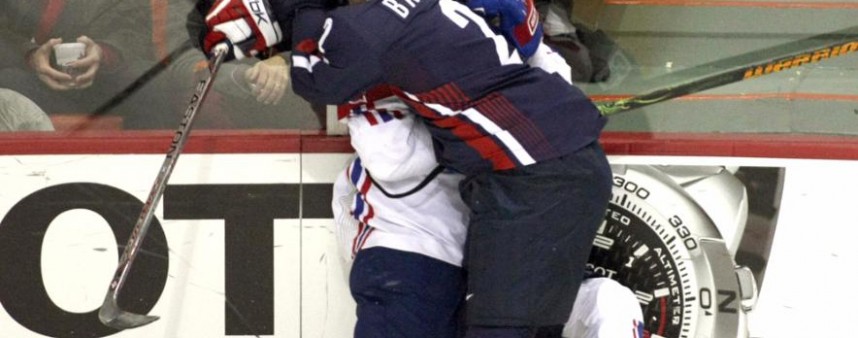
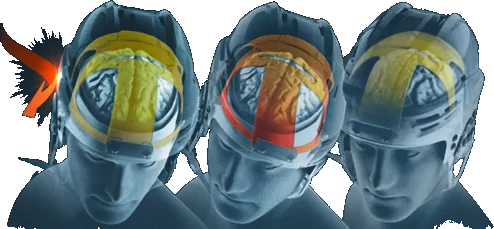
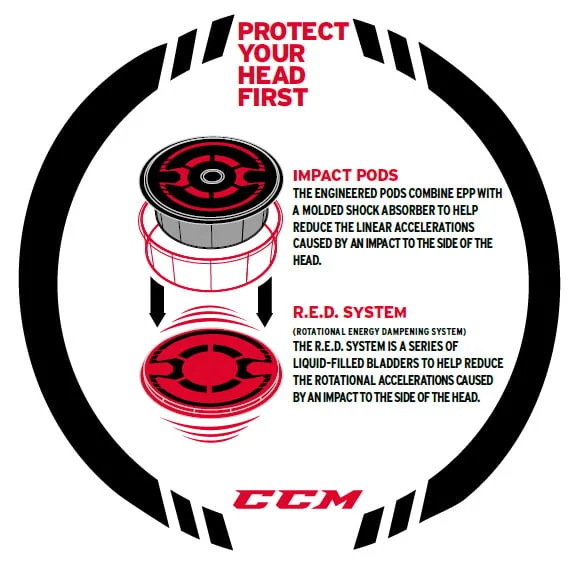
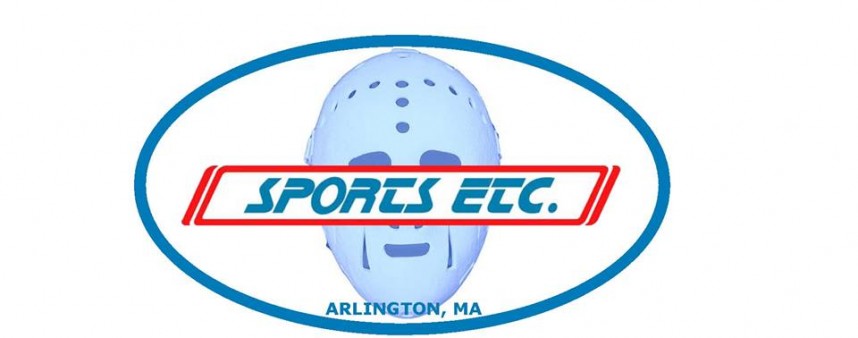
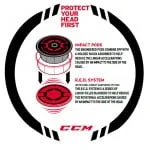






 Location:
Location:  Phone:
Phone:  Email: info@sportsetc.net
Email: info@sportsetc.net